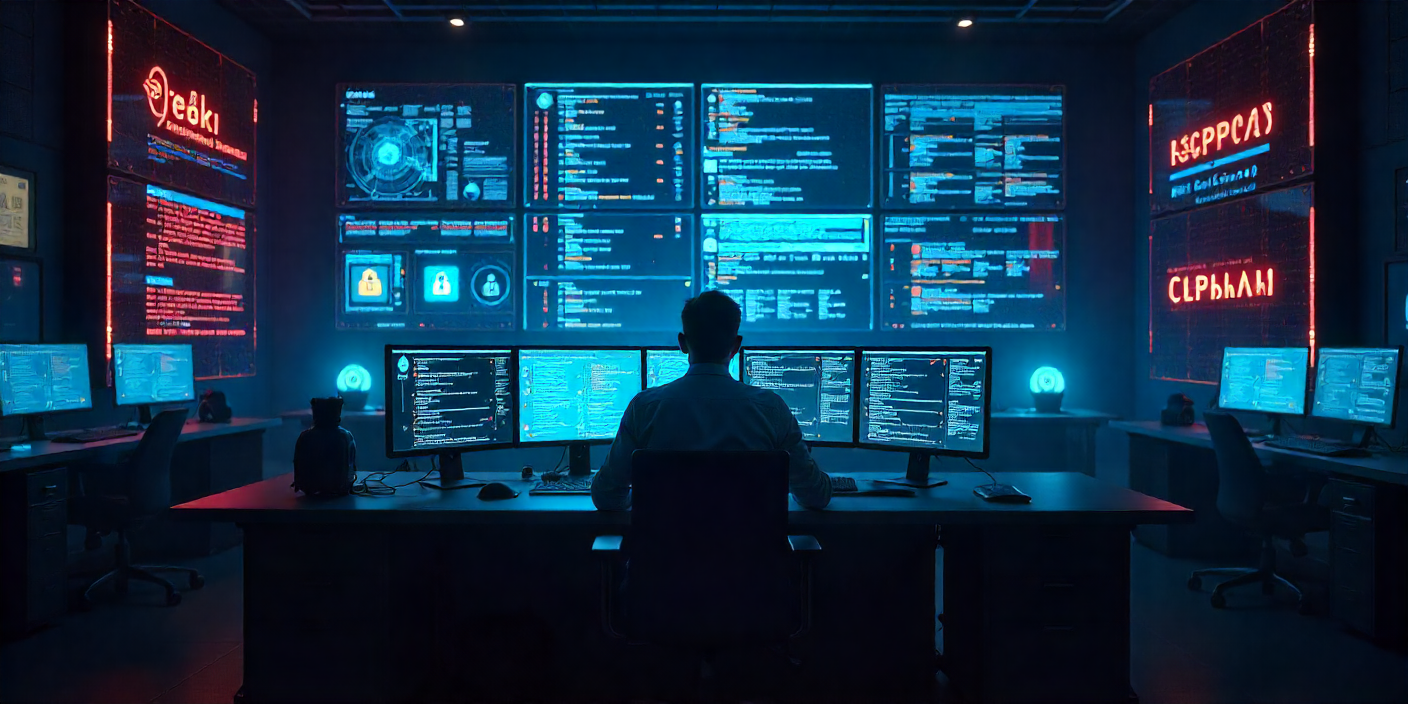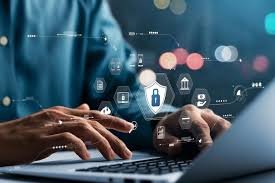In the last decade, our reliance on digital systems has grown so rapidly that it often outpaces our ability to secure them. Every click, purchase, or message leaves behind a trail of data, and this data has become one of the most valuable resources in the modern economy. Unfortunately, it has also become one of the most vulnerable. Cybersecurity is no longer an issue limited to IT teams—it affects businesses, governments, and individuals alike.
This article takes a closer look at the current state of cybersecurity, the evolving threats we face, and the practical steps people and organizations can take to safeguard themselves in a digital-first era.
The Expanding Attack Surface
The more we connect, the more entry points attackers gain. Twenty years ago, protecting a corporate network meant guarding office computers and a handful of servers. Today, the landscape looks very different. Employees log in from personal devices, cloud platforms host critical data, and smart devices—from printers to voice assistants—are all plugged into networks.
This expansion of the “attack surface” makes defense increasingly complex. Criminals don’t need to break through heavily fortified systems when they can exploit overlooked gaps, like a forgotten device still connected to the network or an employee tricked by a phishing email. The interconnected nature of our systems means even small weaknesses can lead to major breaches.
Common Threats and Why They Work
1. Phishing
Phishing remains one of the most effective tactics because it exploits human behavior rather than technical flaws. A convincing email that appears to come from a trusted colleague or bank can trick even cautious individuals into clicking malicious links or sharing credentials.
2. Ransomware
This form of attack has surged in recent years. Attackers lock users out of their systems or encrypt files, demanding payment for restoration. Hospitals, schools, and small businesses have all been paralyzed by such attacks, sometimes forced to pay ransom simply to keep operations running.
3. Supply Chain Attacks
Instead of targeting organizations directly, hackers now compromise software vendors or service providers, inserting malicious code into updates or tools that are widely distributed. This approach magnifies the damage, as seen in several high-profile breaches where thousands of organizations were indirectly compromised.
4. Insider Threats
Not every attack comes from outside. Disgruntled employees or careless contractors can expose sensitive information, intentionally or not. The challenge here is that insiders often already have legitimate access to critical systems.
5. IoT Vulnerabilities
Smart devices—from thermostats to security cameras—rarely receive the same level of protection as laptops or servers. Yet once connected to a network, they can serve as convenient gateways for hackers to move deeper into systems.
Why Cybersecurity Is a Business Issue, Not Just a Technical One
For a long time, cybersecurity was treated as a back-office function, something handled quietly by IT departments. That mindset is outdated. Today, the consequences of a breach can be catastrophic—financial losses, reputational damage, regulatory fines, and even threats to public safety.
Consider a retailer hit by a data breach. Beyond the immediate cost of investigations and technical fixes, they face lawsuits, erosion of customer trust, and long-term brand damage. Similarly, governments dealing with cyberattacks risk disruption of essential services and national security exposure.
Leadership at every level must understand that cybersecurity is not optional. It’s an integral part of risk management and corporate governance. The most forward-thinking companies are those that embed security into every business decision, from product design to partnerships.
The Human Factor
Despite advanced firewalls and encryption, people often remain the weakest link. Mistyped emails, reused passwords, and misplaced devices are enough to compromise even well-protected organizations. That’s why cybersecurity awareness training is just as important as technical safeguards.
Employees should learn to spot suspicious emails, use password managers, and understand why multi-factor authentication (MFA) is non-negotiable. Creating a culture where employees feel comfortable reporting mistakes—without fear of punishment—can also prevent small slip-ups from snowballing into full-blown incidents.
Emerging Technologies: Double-Edged Swords
Technological advances are transforming both attack and defense.
-
Artificial Intelligence is helping defenders spot unusual patterns in network traffic that might indicate an intrusion. At the same time, attackers use AI to craft more convincing phishing messages or automate scanning for vulnerabilities.
-
Quantum computing, still in its infancy, promises breakthroughs in processing power. But once mature, it could also render many existing encryption methods obsolete. Organizations need to start thinking now about “post-quantum” cryptography.
-
Cloud adoption brings scalability and convenience, but also new challenges. Shared responsibility models mean businesses must understand which aspects of security their providers handle and which remain their own responsibility.
Practical Steps for Stronger Cybersecurity
No defense is perfect, but layered protection significantly reduces risk. Here are some fundamental practices that individuals and organizations alike should prioritize:
-
Strong Authentication
Use unique, complex passwords combined with MFA. A stolen password alone should never be enough to access critical systems. -
Regular Updates
Many attacks exploit known vulnerabilities that already have patches available. Keeping systems updated is one of the simplest yet most effective defenses. -
Backup and Recovery Plans
Backups should be encrypted, stored separately, and regularly tested. This ensures operations can be restored without paying ransom in the event of an attack. -
Network Segmentation
Splitting networks into zones prevents attackers from moving freely once they breach a single system. -
Continuous Monitoring
Real-time monitoring tools can detect suspicious activity early, allowing quicker responses before major damage occurs. -
Employee Training
People are the first line of defense. Ongoing awareness programs keep them vigilant and reduce mistakes.
The Global Picture
Cybersecurity challenges are not limited by borders. A malware outbreak in one country can spread globally within hours. Nation-states are also increasingly involved, either as direct attackers or as sponsors of groups that blur the line between criminal and political motives.
International cooperation is essential. Agreements on cyber norms, information sharing between governments, and collaboration with private companies all play roles in keeping the digital ecosystem safer. At the same time, local laws—such as data protection regulations—are pushing companies to adopt higher standards of security and accountability.
The Road Ahead
Cybersecurity will never be “finished.” As long as technology evolves, new vulnerabilities will appear. But that doesn’t mean the fight is hopeless. Progress lies in shifting mindsets—from reactive responses after an attack to proactive measures that anticipate threats.
Future defenses will likely blend automation, stronger identity systems, and adaptive policies that evolve alongside emerging risks. For individuals, this means embracing good habits now, from securing home Wi-Fi networks to using privacy tools. For organizations, it means treating cybersecurity as a living strategy rather than a checklist.
Final Thoughts
The digital revolution has brought immense opportunities, but it has also introduced risks we can’t afford to ignore. Cybersecurity sits at the intersection of technology, human behavior, and global policy. It’s not just about stopping hackers—it’s about preserving trust in the systems that power modern life.
Whether you’re an individual managing personal devices or a business leader overseeing sensitive data, the principles remain the same: stay vigilant, adapt to change, and recognize that security is not a one-time investment but an ongoing responsibility.
In a hyperconnected world, protecting what matters most is not just wise—it’s essential.


